Discover 20 hidden attractions, cool sights, and unusual things to do in Toruń (Poland). Don't miss out on these must-see attractions: Toruń Castle, Crane Tower, and Leaning Tower of Toruń. Also, be sure to include Dom Mikołaja Kopernika in your itinerary.
Below, you can find the list of the most amazing places you should visit in Toruń (Kuyavian-Pomeranian).
Table of Contents
Toruń Castle
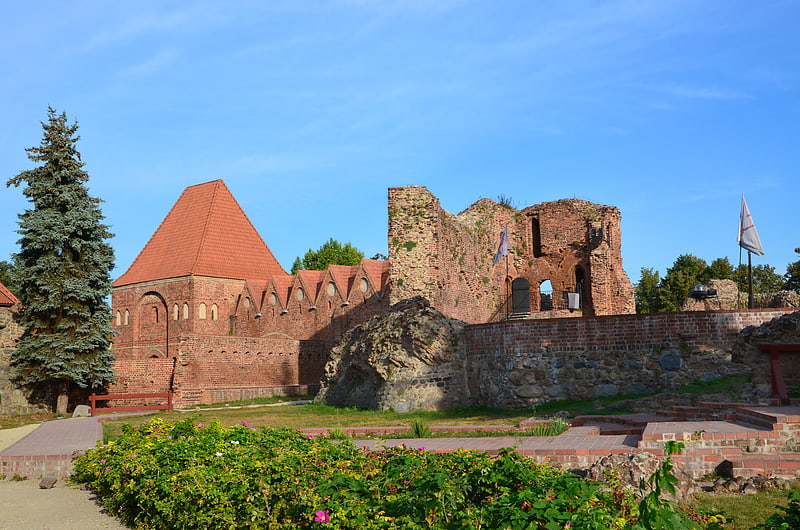
Also known as: Zamek krzyżacki w Toruniu
Castle ruins with medieval displays. Toruń Castle or Thorn Castle is a 13th- or 14th-century castle of the Teutonic Order located in Toruń, Poland. The castle is part of the Medieval Town of Toruń, one of the World Heritage Sites in Poland.[1]
Address: Przedzamcze 3, 87-100 Toruń
Crane Tower
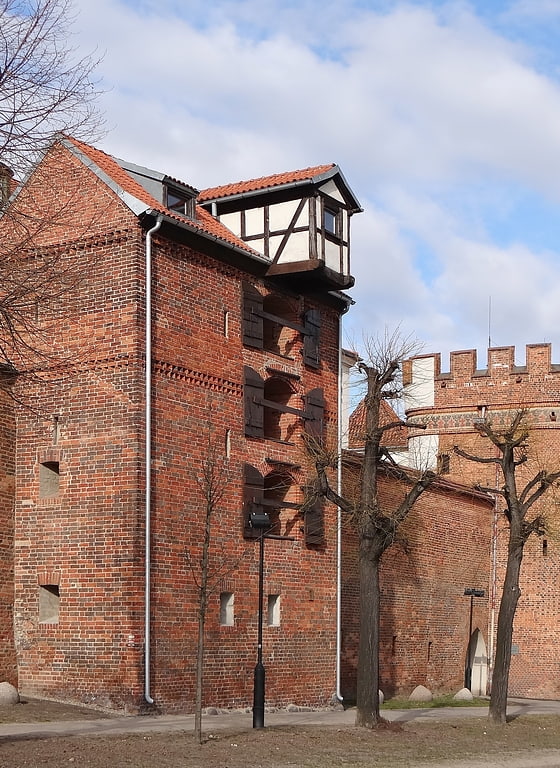
Crane Tower is one of the nine remaining defensive towers within the city walls of Toruń, Poland.[2]
Address: 6 Bulwar Filadelfijski, Toruń
Leaning Tower of Toruń
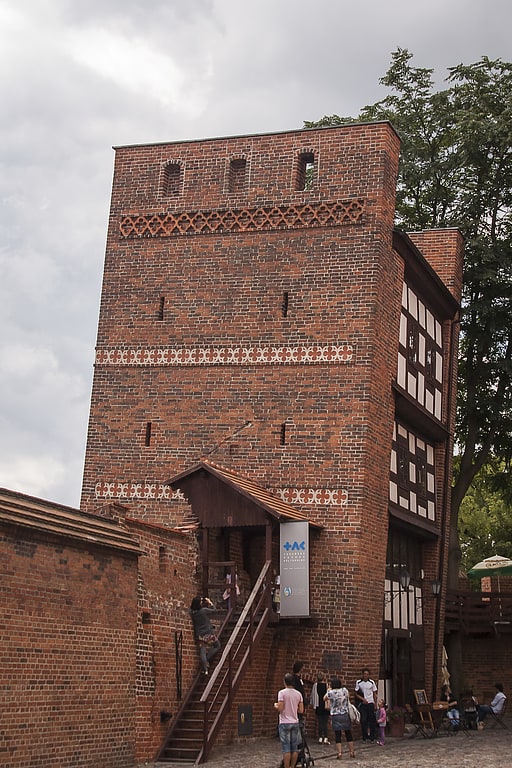
Also known as: Krzywa Wieża w Toruniu
Tower in Toruń, Poland. The Leaning Tower of Toruń is a medieval tower in Toruń, Poland. It is known as a leaning tower because the top of the tower is displaced 1.5 metres from where it would be if the tower were perfectly vertical. Located on Pod Krzywą Wieżą street, it is one of the most important landmarks in Toruń's Old Town.[3]
Address: Pod Krzywą Wieżą, 87-100 Toruń
Dom Mikołaja Kopernika
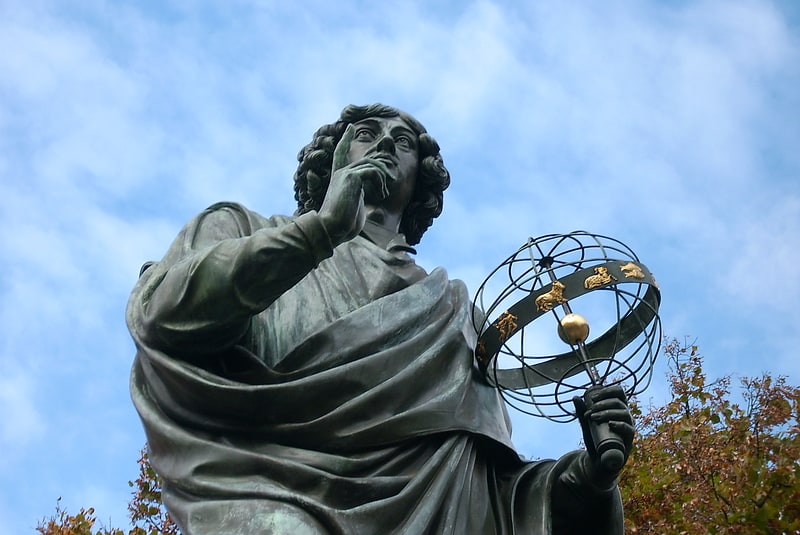
Also known as: Pomnik Mikołaja Kopernika w Toruniu
The Nicolaus Copernicus Monument in the home town of astronomer Nicolaus Copernicus was erected in 1853 by a "monument committee" of the city's residents.[4]
Address: Old Town Square, Toruń
Dybów Castle

Also known as: Zamek Dybów
Castle in Toruń, Poland. Dybów Castle is a castle in Toruń, Poland. It is a national Object of Cultural Heritage.[5]
Toruń Cathedral
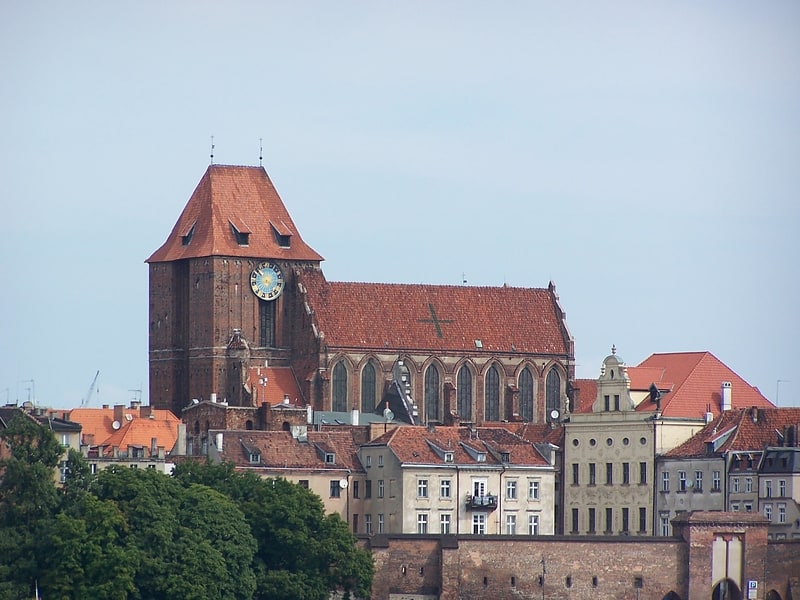
Also known as: Bazylika katedralna św. Jana Chrzciciela i św. Jana Ewangelisty w Toruniu
Gothic church dating to the 14th century. The Church of St. John the Baptist and St. John the Evangelist, since 1935 a Minor Basilica, and since 1992 the Cathedral of Toruń Diocese, was formerly the main parish church of the Old Town of Toruń, Poland.
One of three Gothic churches of the town, it is built from brick, an aisled hall with a monumental west tower. The first church from the 13th century was a small hall without aisles and with polygonal presbytery. This was replaced by aisled hall church in the first half of the 14th century, which has been rebuilt many times and extended until it reached its present form at the end of 15th century. The interior is richly decorated and furnished. The earliest painted decorations in the presbytery date back to the 14th century and depict the Crucifixion and the Last Judgement. One of the side chapels is connected with Nicolaus Copernicus. There is a 13th-century baptismal font, supposedly used for baptizing the astronomer, 16th-century epitaph to him, and 18th-century monument. At the tower hangs Tuba Dei, the third-largest bell in Poland, cast in 1500.[6]
Address: Żeglarska 16, 87-100 Toruń
Żywe Muzeum Piernika
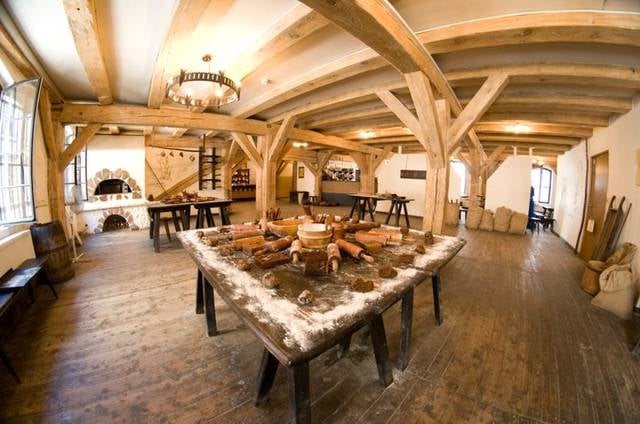
Museum in Toruń, Poland. Muzeum Piernika is a museum located in medieval old town of Toruń, Poland, that is famous for its gingerbread. Visitors take part in an interactive show through which they are taught how to make a traditional gingerbread. The show consist of two parts – first visitors are shown how the dough was made in Middle Ages. Having prepared dough, everyone then makes their own gingerbread using traditional baking molds. Throughout the whole show visitors are guided by the master of bakery, a gingerbread witch and the craftsmen.
The museum is located on 9, Rabiańska Strett, in an early 19th-century granary, and visitors also participate in flour production using millstones. The museum forms part of the gingerbread tradition still living in town.[7]
Address: Rabianska 9, 87-100 Torun
Monastery Gate

The Monastery Gate in Toruń also the Gate of the Holy Spirit or the Gate of the Lady - one of the three gates of medieval Toruń that have survived to this day.[8]
Address: Ducha Swietego, 87-100 Torun
Baj Pomorski Theatre

Also known as: Teatr Baj Pomorski w Toruniu
Theatre in Toruń, Poland. The Baj Pomorski Theatre is a puppet theatre, located in Toruń in Poland.[9]
Address: ul. Piernikarska 9, 87-100 Torun
Toruń Fortress
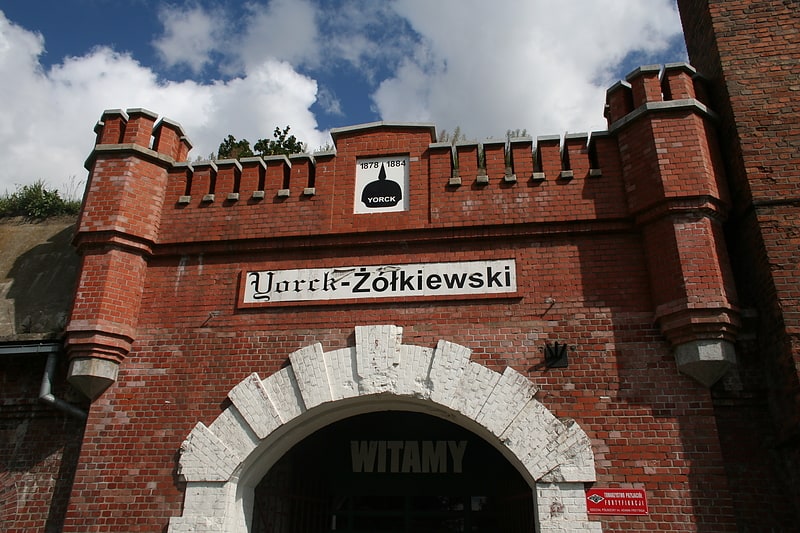
Also known as: Twierdza Toruń
Museum in Toruń, Poland. Toruń Fortress is a historic fortress located in Toruń, Poland, one of the largest fortresses in Central and Eastern Europe.
It was built in 1872–1894 by the Kingdom of Prussia, when the city was part of the Prussian Partition of Poland. The fortress complex – a chain of forts surrounding the city, as well as numerous smaller fortifications supplementing it – was intended to defend the eastern border of Prussia (with the Russian Empire). Despite much planning and investment, the fortress did not play a significant role in the First World War nor in any later conflict. During the German occupation of Poland in the Second World War, Germany established and operated a prison for Poles and the Stalag XX-A prisoner-of-war camp for Polish, British, French, Australian and Soviet POWs in the fortress. It was the site of German massacres of Poles committed as part of the Intelligenzaktion.[10]
Medieval Town of Toruń
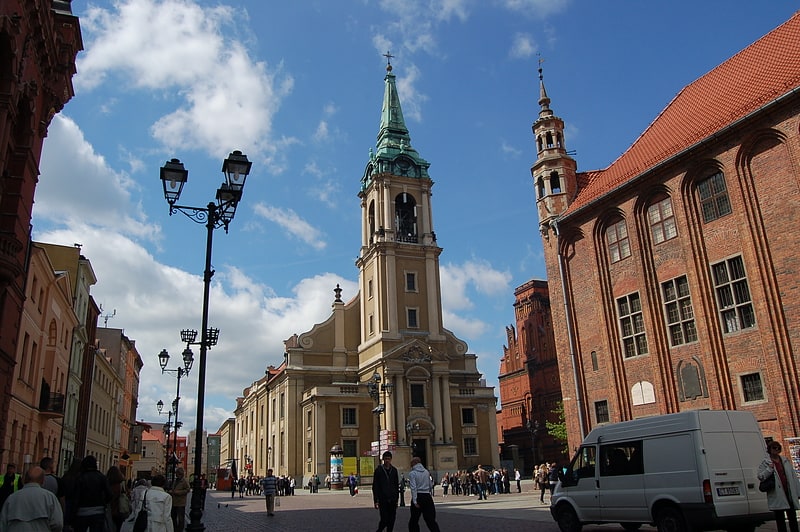
Also known as: Zespół staromiejski Torunia
Medieval Town of Toruń is the oldest historic district of the city of Toruń. It is one of Poland's World Heritage Sites. According to UNESCO, its value lies in its being "a small historic trading city that preserves to a remarkable extent its original street pattern and outstanding early buildings, and which provides an exceptionally complete picture of the medieval way of life". The Medieval Town has an area of 60 ha and a buffer zone of 300 ha. It is composed of the Toruń Old Town, Toruń New Town, and the Toruń Castle.[11]
District Museum in Toruń
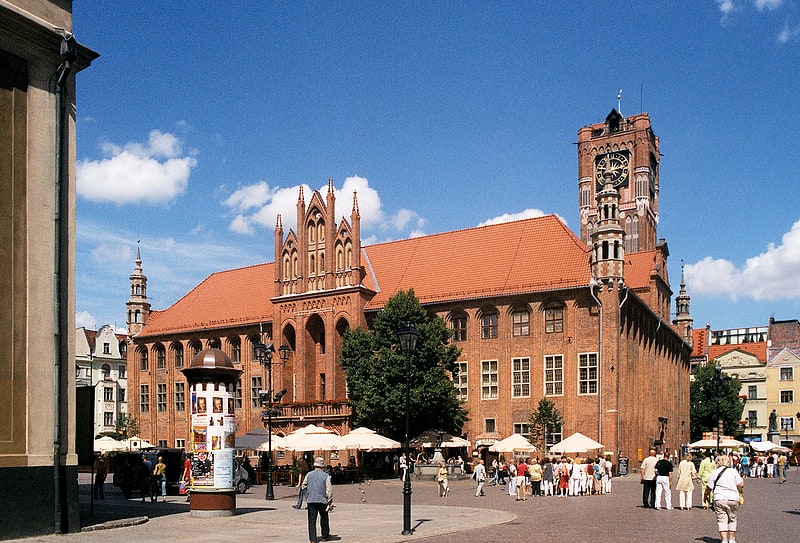
Also known as: Muzeum Okręgowe w Toruniu
Museum in Toruń, Poland. Toruń Regional Museum, located in the Ratusz hall of Toruń, is one of the oldest and largest museums in Poland. It started in 1594 as the mere Cabinet of Curiosities at the library of the academic Gimnazjum, called Musaeum in Latin. Re-established in sovereign Poland as a city museum in 1920 after the century of military partitions, it was administratively structured as the regional museum in 1965.[12]
Centre for Astronomy
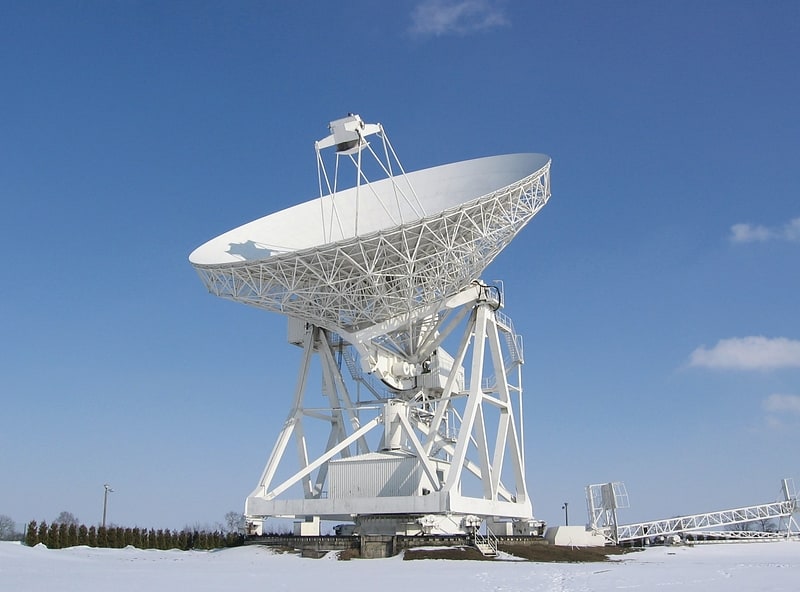
Also known as: Obserwatorium Astronomiczne UMK w Piwnicach
Astronomical observatory. The Institute of Astronomy of Nicolaus Copernicus University in Toruń, known prior to 1 October 2019 in scientific publications as the Toruń Centre for Astronomy, is an optical and radio observatory located at in Piwnice, about 15 km north of Toruń, Poland. It houses two single-dish antenna telescopes, 32 metres and 15 metres in diameter, as well as the largest Polish optical telescope – 90 cm Schmidt-Cassegrain camera. The facility is operated by the Nicolaus Copernicus University. Also, photometry using 60 cm Cassegrain telescope is made and radio measurements of the Sun at 127 MHz frequency have been recorded on a daily basis since 1958 using a 23 m interferometer.[13]
Dom Eskenów

The Esken House in Toruń - a 16th century burgher's palace in the Old Town of Toruń.
Address: 16 Łazienna, Toruń
Ogród Zoobotaniczny w Toruniu
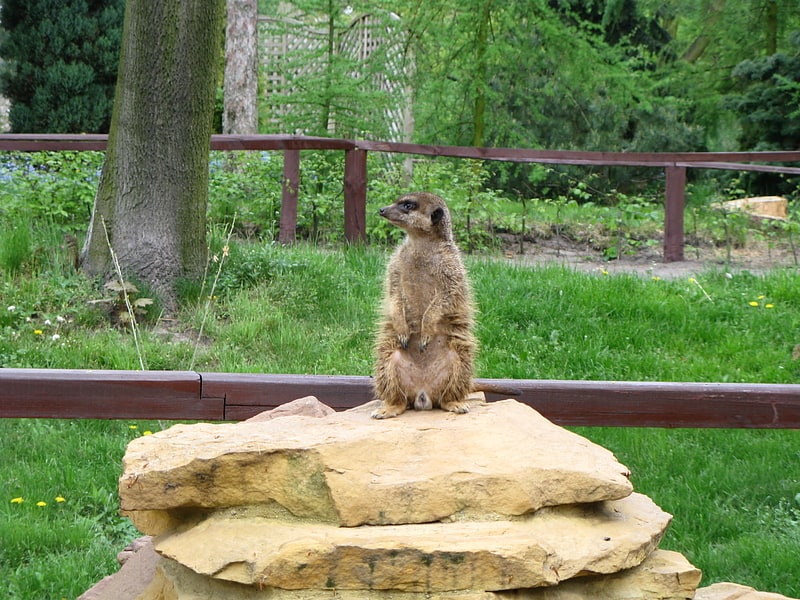
The Zoo and Botanical Garden in Toruń is a zoological and botanical garden located in Toruń, Kuyavian-Pomeranian Voivodeship, Poland. The botanical garden was established in 1797, which makes it one of the oldest such gardens in Poland. In 1965, the botanical garden was merged with a newly-opened zoo. Since 2007, it has been a member of the European Association of Zoos and Aquaria.[14]
Address: Bydgoska 7, 87-100 Toruń
Kościół pw. Wniebowzięcia Najświętszej Marii Panny
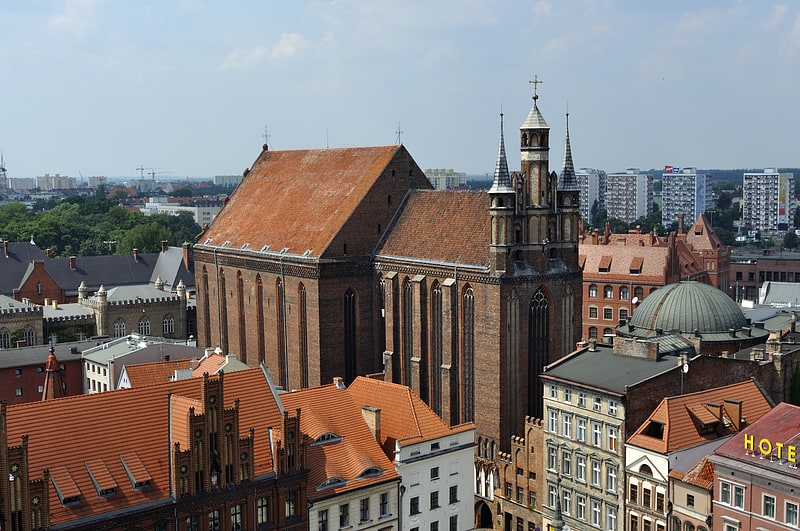
Church of the Assumption of the Blessed Virgin Mary and Blessed Stefan Wincenty Frelichowski in Toruń - originally Franciscan, in the years 1557-1724 in the hands of Protestants, in the years 1724-1821 Bernardines, since 1830 parish church.
Address: 2 Panny Marii, Toruń
Rezerwat Kępa Bazarowa
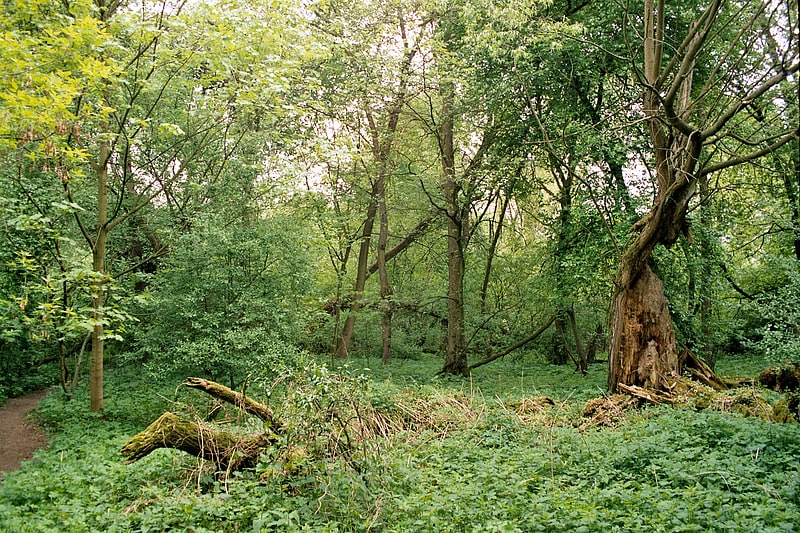
Kępa Bazarowa - nature reserve, an island on the left bank of the Vistula River in Toruń.
Centrum Kulturalno-Kongresowe Jordanki Toruń
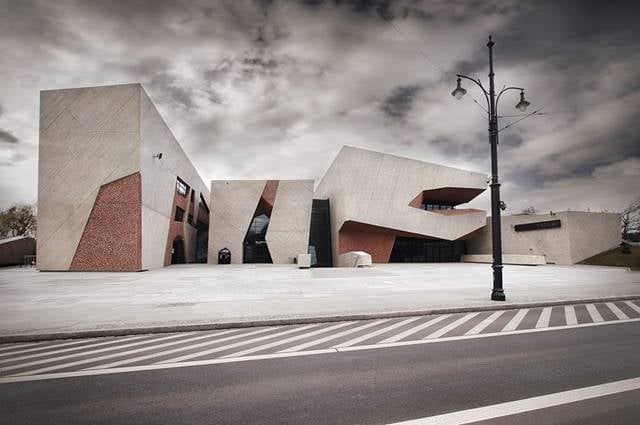
Art gallery, Museum, Convention center
Address: Solidarnosci 1-3, Toruń
Kościół pw. Świętego Józefa
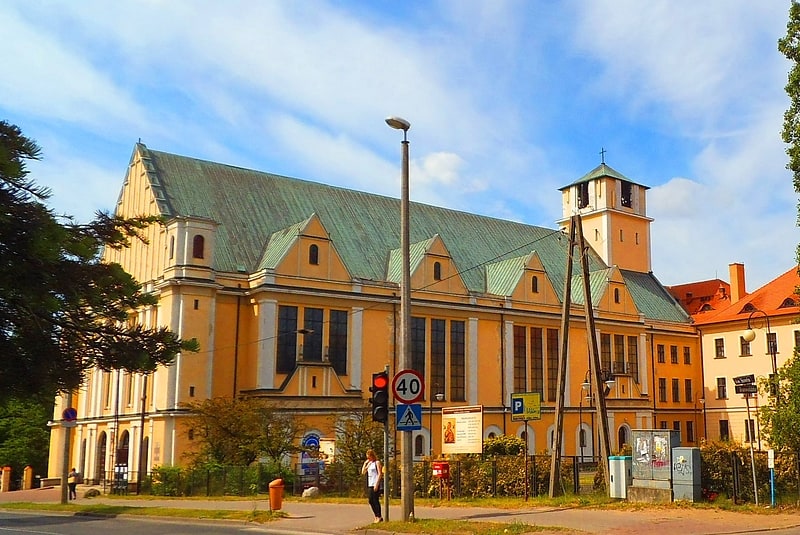
St. Joseph Parish in Toruń - a Roman Catholic parish in the Diocese of Toruń, in the deanery of Toruń II, with its seat in Toruń. Erigated 29th November 1950.
Address: 33 Świętego Józefa, Toruń
Kościół świętych Apostołów Piotra i Pawła

Church of Saints Peter and Paul in Toruń - a Baroque post-Reformation church and monastery in Toruń - founded in 1644 by Stanisław Sokołowski, starosta of Dybowski and castellan of Bydgoszcz; the church was completed in 1661, the monastery was dissolved in 1832. Franciscans returned here in 1987.